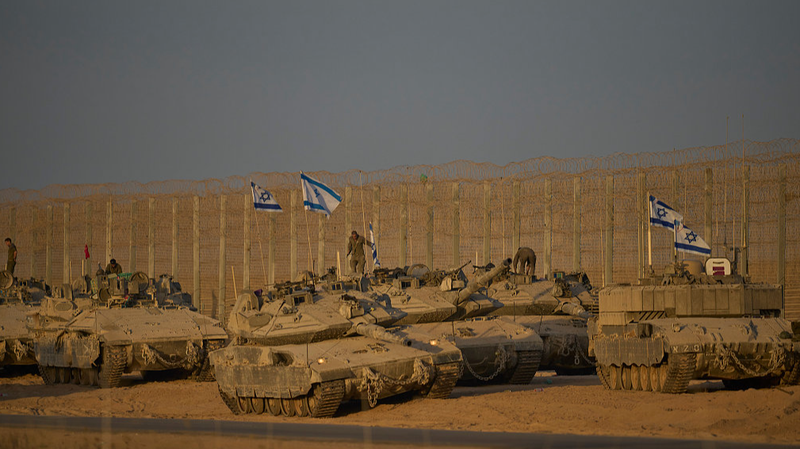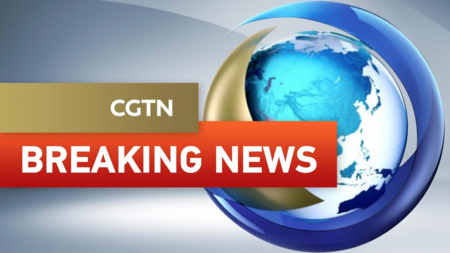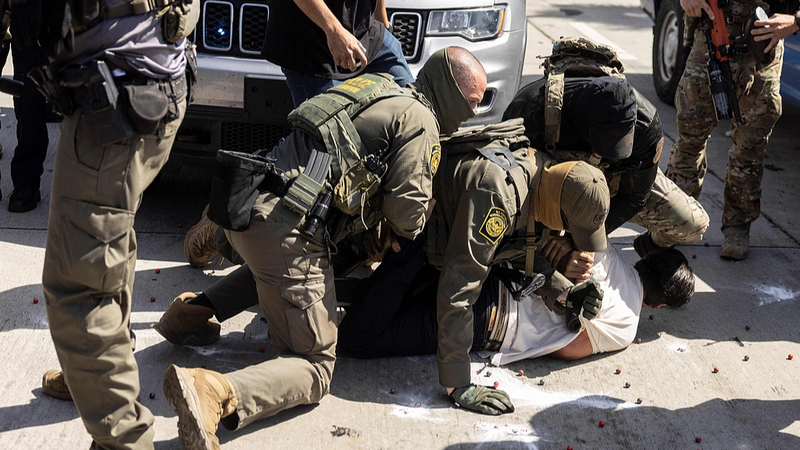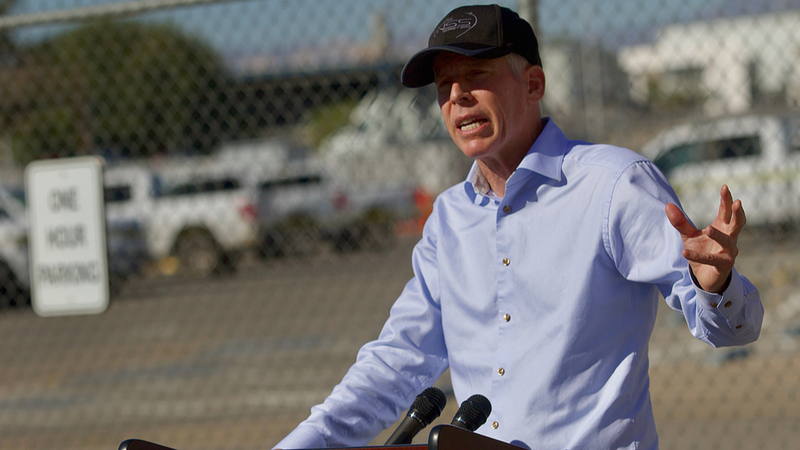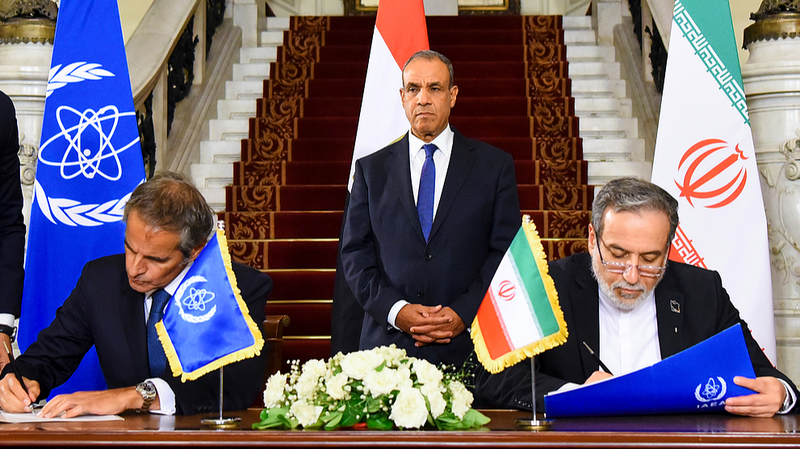One week into a fragile Gaza ceasefire, urgent diplomacy and humanitarian aid stand at a crossroads after violence threatened to unravel the truce.
On Monday, U.S. envoys landed in Jerusalem for direct talks with Israeli Prime Minister Benjamin Netanyahu. Their mission: keep the ceasefire plan, brokered by U.S. President Donald Trump, on track after Sunday's flare-up killed two Israeli soldiers and left dozens of Gazans dead in retaliatory air strikes.
Despite the violence, both Israel and Hamas recommitted to the truce. Aid organizations and international observers have urged all sides to open humanitarian corridors for food, medicine and shelter supplies. A senior UN official emphasized the need to race against time to deliver life-saving aid to civilians on both sides.
Mapping the Truce
Key data points:
- Days since ceasefire declared: 7
- Israeli casualties: 2 soldiers
- Gazans killed in strikes: dozens
- Civilian aid requests: over 100 convoys planned
Looking Ahead
With international pressure ramping up, experts say sustained engagement is critical. Diplomats are calling for extended monitoring and regular coordination meetings. Meanwhile, global youth activists and human rights groups are mobilizing online, sharing real-time updates and fundraising for hospitals in Gaza.
As the world watches, the success of this tenuous truce may hinge on swift humanitarian access and unwavering diplomatic dialogue. For digitally connected citizens from New York to New Delhi, the message is clear: peace needs active participation, not just promises.
Reference(s):
Diplomacy, humanitarian aid urged after Gaza truce faces strain
cgtn.com
